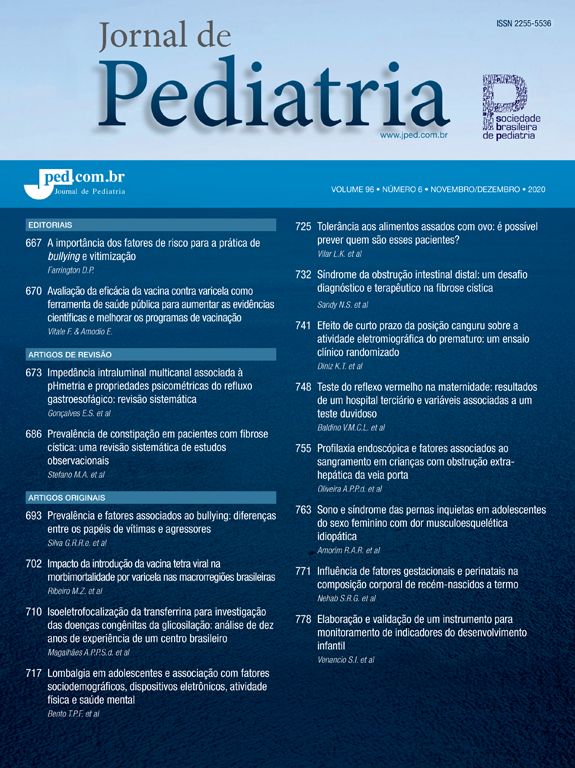Three institutions worked together in order to combat early weaning in a peripheric district of Belo Horizonte (Brazil): the Department of Pediatrics of the Faculty of Medicine (Federal University of Minas Gerais), the Secretary of Health of Belo Horizonte and a Brazilian assistential institution (-LBA-). One initial survey, in 1980, documented breast-feeding practices in this community, when there were no systematized actions of incentive to human milk, at local or national levels. Two similar surveys were also conducted, in 1986 and in 1992. In each one, 152 mothers with children under two years old were randomly selected and interviewed. The results showed significant progress in the breast-feeding period in the first six years, and a stabilization between 1986 and 1992. For example: if only 39.0% of the children received human milk for six months or more in 1980, 54.3% received it in 1986 and 52.4% in 1992. In 1980, 80.6% of the children were nourished with cow's milk before three months of age, to 56.5% in 1986 and 56.3% in 1992. Prenatal influence to increase the level of breast-feeding has always been weak. Besides, a reflux was detected in the last few years with regard to the participation of the maternity hospital in the educative process.
O fator de impacto mede o número médio de citações recebidas em um ano por trabalhos publicados na revista durante os dois anos anteriores.
© Clarivate Analytics, Journal Citation Reports 2025
O CiteScore mede as citações médias recebidas por documento publicado. Mais informação
Ver maisSJR é uma métrica de prestígio baseada na idéia de que todas as citações não são iguais. SJR utiliza um algoritmo similar ao page rank do Google; é uma medida quantitativa e qualitativa ao impacto de uma publicação.
Ver maisSNIP permite comparar o impacto de revistas de diferentes campos temáticos, corrigindo as diferenças na probabilidade de ser citado que existe entre revistas de distintas matérias.
Ver mais







